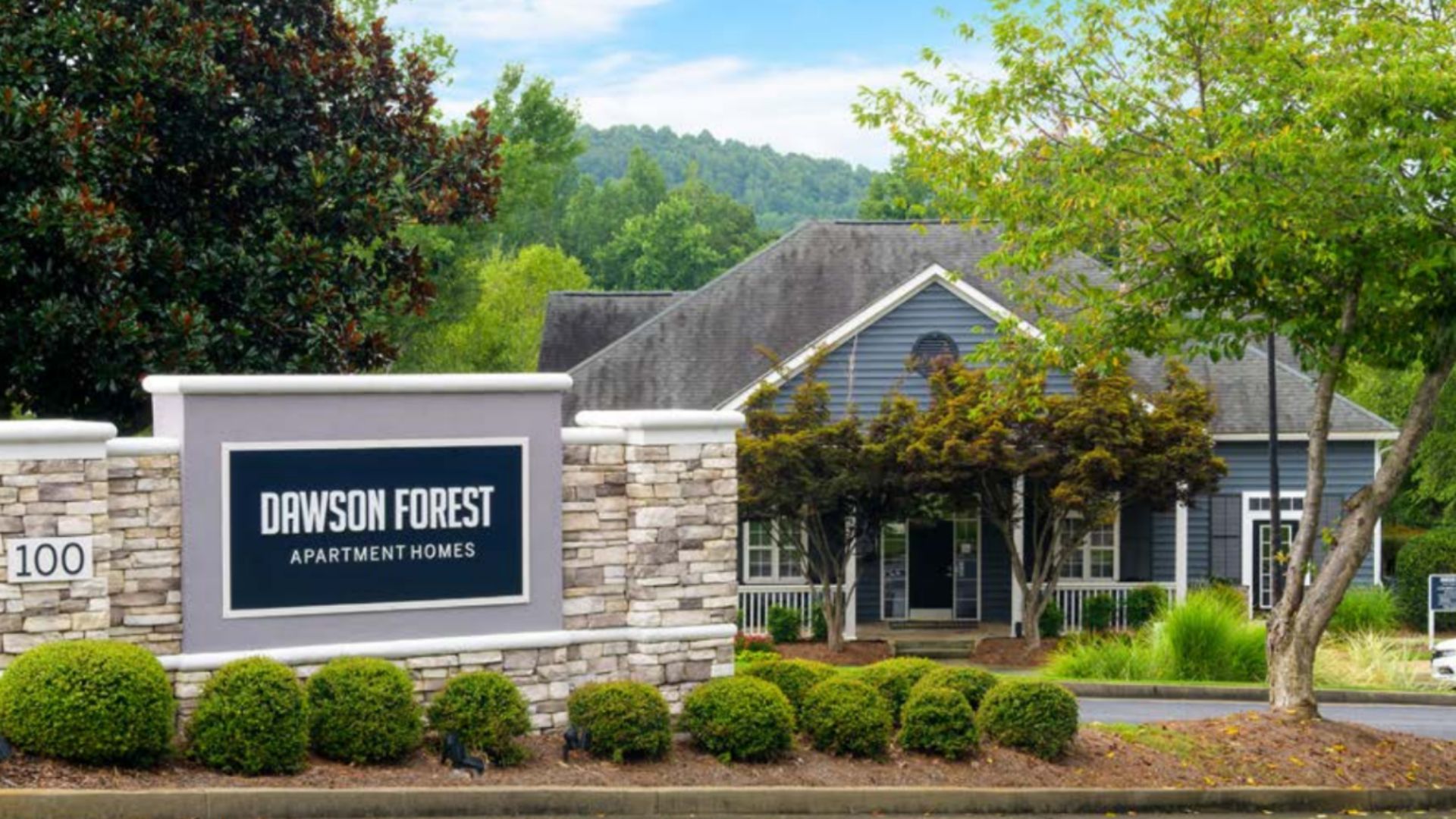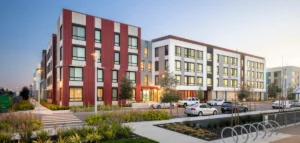Strong demand for workforce housing should continue in 2019, boosting investment in the sector, according to industry experts.
As the unemployment rate keeps falling, new households form, boosting demand for apartments, particularly for workforce housing, as it offers inexpensive housing options, according to John Sebree, director of the national multi housing group with brokerage firm Marcus & Millichap. For this reason, investment in workforce housing will remain one of the more attractive strategies in 2019, according to Christine Espenshade, co-head of the multifamily investment sales platform with real estate services firm JLL.
“Class-C properties tend to have a value-add component, given their natural affordability,” says Espenshade. “This is one of the hottest investments right now, so we are seeing ample demand.”
Household growth is greatly outpacing new apartment unit completion, with luxury housing making up most of the newly delivered units. The supply of affordable housing, however, has remained relatively unchanged.
In 2018, 807,260 new households formed, though only 287,007 new apartment units were brought to market, not including new single-family housing or smaller scale apartment assets, according to JLL. Most of these new units are luxury units. This wide gap between supply and demand has been the norm for the past decade.
Low vacancy rates and increasing rents display the strength of the demand for workforce housing, according to Espenshade. The average national class-C vacancy rate dropped to near 4.0 percent from 7.0 percent in 2013, according to Sebree. Meanwhile, effective rents for class-C units increased 5.2 percent over the past year, as of February 2019, more than rents for class-A and class-B units. Rents for class-A and -B apartment units grew by 4.4 and 4.5 percent during that span, respectively, according to Espenshade.
Developers cannot build workforce housing without some subsidies or assistance from local jurisdictions because of the high cost of new construction projects, including the high cost of land, labor and construction materials, according to both Sebree and Espenshade. Also, regulatory costs contribute to around 32 percent of overall multifamily development costs, according to research from the National Association of Home Builders and the National Multifamily Housing Council. Regulatory costs fall into several categories, including cost increases from changes to building codes, development requirements, cost of complying with affordability mandates and fees charged when site work begins, among others. These costs have to translate into higher rents to make new projects pencil out.
As a result, the only deals that work financially in today’s environment must achieve class-A rents. For example, Boston’s apartment market is bracing for thousands of new luxury apartment units this year.
“Everything being built today is really kind of in a class-A level, maybe a B+ level,” says Sebree. “It is nearly impossible in today’s market to build a new apartment building that is anything other than class-A. You simply cannot make the numbers work at a class-B or class-C.”
“Investors are going in and spending a lot of money because they know that demand is very good,” says Sebree. “They can take a property and improve it a little bit and attract working-class families. That would be a benefit for the neighborhood, as well as… a good investment.”
In 2018, sales of apartment units built between 1980 through 1999 totaled around $45.5 billion, while sales of apartment units built in 1979 or earlier totaled around $57.5 billion, according to data from Newmark Knight Frank, a real estate advisory firm. In 2008, sales volume on units built between 1980 through 1999 totaled around $15.9 billion, while sales volume on units built in 1979 or earlier totaled around $18.9 billion.
According to Marcus & Millichap, class-C apartment sales in 2018 totaled around $46.8 billion, while class-B apartment sales totaled near $63.5 billion. In 2008, sales of class-C apartment properties totaled around $18.9 billion, while sales of class-B properties reached around $24.1 billion.
Although low vacancy rates and high demand would suggest an opportunity to raise rents, working class families are spending more money on rent now than in the past. Census data in 2017 indicated more than 35 percent of workforce housing renter households were paying more than 30 percent of their income on rent, up from 20.6 percent in 2006.
“You look at the supply [and] demand and it’s easy to look at it and say, well, ‘let’s dramatically increase rents,’” says Sebree. “There’s definitely going to be increased demand and you’re going to be able to push rent some, but landlords also don’t want to push their tenants out.”
New apartment supply will exceed market demand in the multifamily sector overall this year. Rent growth for class-A units is expected to be equal or be just under the historical average increase of around 2.5 percent, while vacancy will remain under 6.0 percent. Still, total multifamily demand in 2019 should mirror the high level achieved in 2018, according to a CBRE report.











